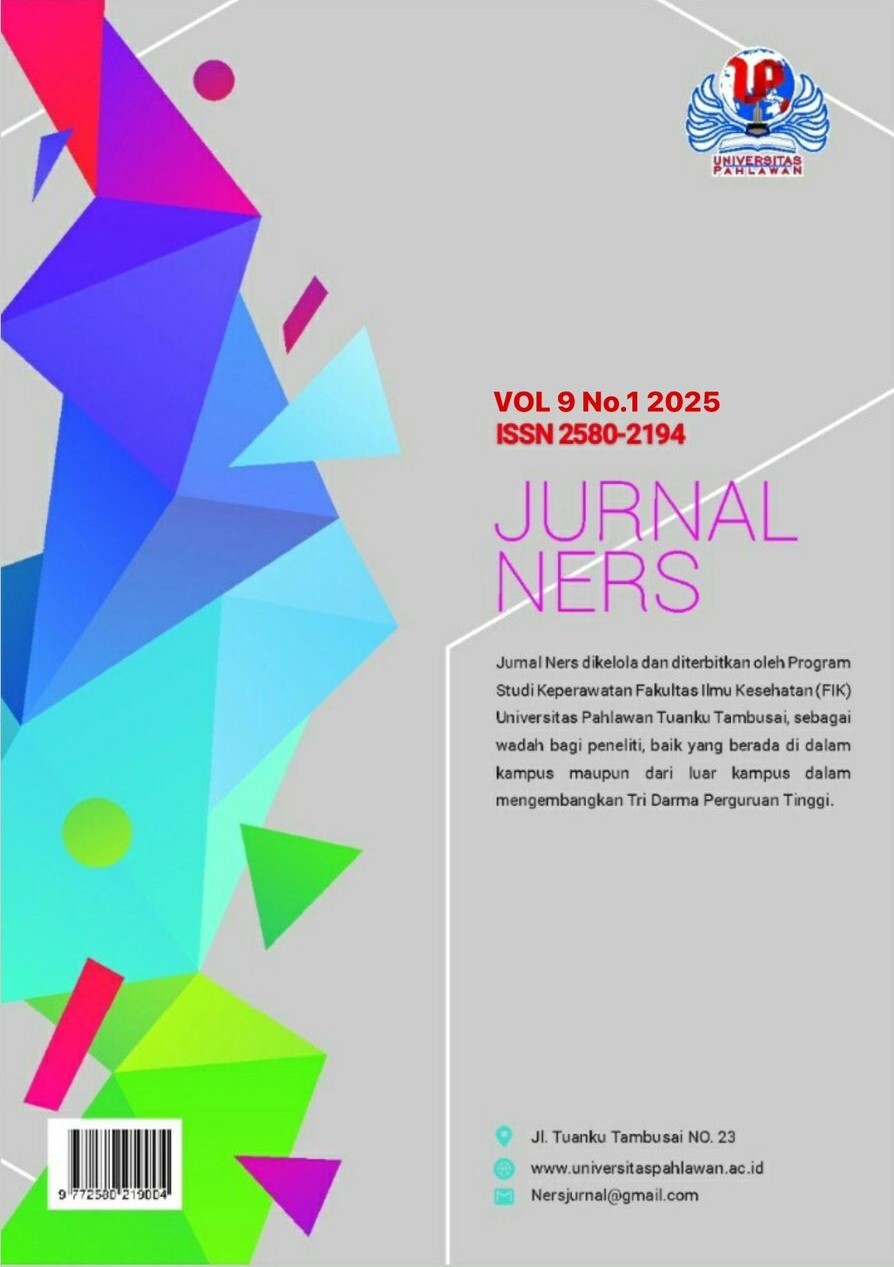Performance Insights of Puskesmas Tilango through the Balanced Scorecard Approach
DOI:
https://doi.org/10.31004/jn.v9i1.19753Abstract
This study aimed to assess the performance of the Puskesmas Tilango's inpatient unit using the Balanced Scorecard (BSC) approach, introduced by Kaplan and Norton in 1992. The performance was viewed from four perspectives: customer, internal business process, financial, and learning and growth. Results revealed that patient satisfaction was satisfactory, yet market share was not ideal. Despite no health service innovations being implemented, financial indicators such as revenue and expenditure decreased, but the Cost Recovery Rate (CRR) was satisfactory. Concerning learning and growth, while employee learning rate was commendable, satisfaction, turnover rate, and productivity were unsatisfactory. Based on these findings, it was evident that the overall performance of Puskesmas Tilango's inpatient unit was lacking. Recommendations propose the adoption of the BSC for future performance evaluations, enhancement of facilities in line with the increasing population, and emphasis on employee welfare to improve performance. This study provides valuable insights for health administrators and policymakers, emphasizing the need for continuous assessment and improvement in health centers.Downloads
Published
2024-11-03
How to Cite
Walangadi, Z. (2024). Performance Insights of Puskesmas Tilango through the Balanced Scorecard Approach . Jurnal Ners, 9(1), 632–651. https://doi.org/10.31004/jn.v9i1.19753
Issue
Section
Articles
License
Copyright (c) 2024 Jurnal Ners

This work is licensed under a Creative Commons Attribution-ShareAlike 4.0 International License.
Authors who publish with this journal agree to the following terms: Authors retain copyright and grant the journal right of first publication with the work simultaneously licensed under a Creative Commons Attribution-ShareAlike 4.0 International License that allows others to share the work with an acknowledgement of the works authorship and initial publication in this journal. Authors are able to enter into separate, additional contractual arrangements for the non-exclusive distribution of the journals published version of the work (e.g., post it to an institutional repository or publish it in a book), with an acknowledgement of its initial publication in this journal. Authors are permitted and encouraged to post their work online (e.g., in institutional repositories or on their website) prior to and during the submission process, as it can lead to productive exchanges, as well as earlier and greater citation of published work (See The Effect of Open Access).







